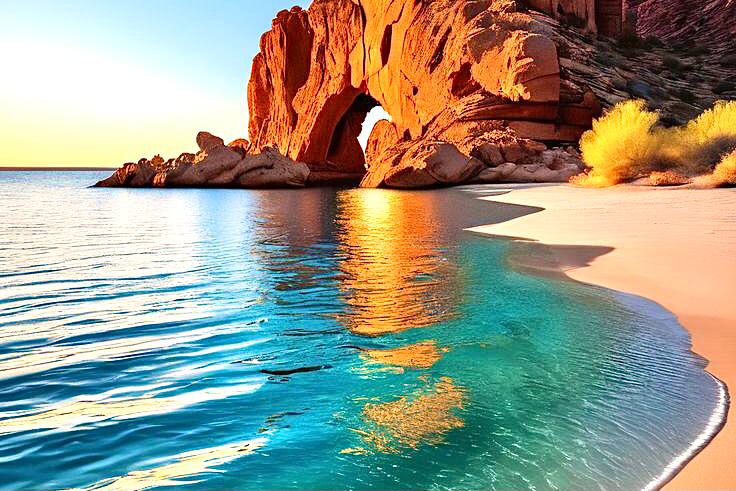
Deserts are often painted as empty, sun-scorched wastelands where little survives except sand and silence. But if you look a little closer, these wild, wide-open spaces are actually teeming with life, sometimes in the most unexpected ways. From tiny creatures that burrow beneath the surface to hardy plants that bloom against all odds, deserts around the world have found their own rhythm and resilience. Each one depicts survival, adaptation, and surprising beauty. Here are seven deserts around the world that are surprisingly full of life, each with its own unique and fascinating ecosystem. Who knew flowers can bloom in a desert? Let’s take a closer look
The Sonoran Desert
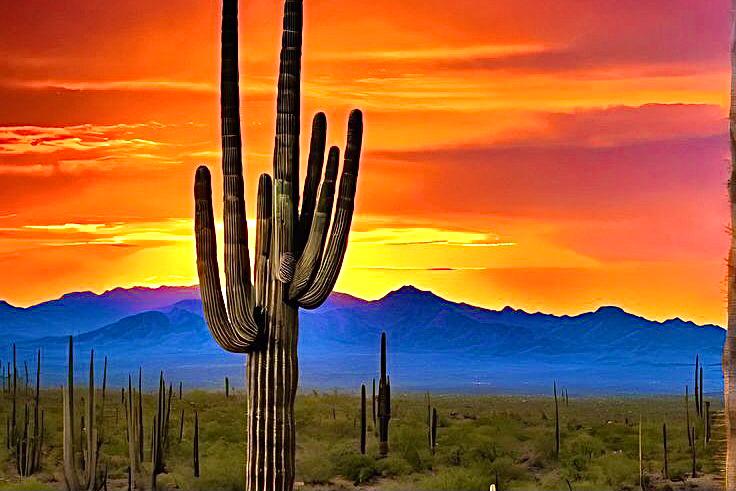
The Sonoran Desert, spanning parts of Arizona, California, and Mexico, is a desert that bursts with life despite its harsh conditions. It hosts a remarkable variety of plants like the iconic saguaro cactus, which provides shelter and food for many animals. The desert is home to creatures like the tiny elf owl, the world’s smallest raptor, which nests in cactus holes and hunts scorpions and insects at night. The Sonoran Desert’s wildlife also includes coyotes, jackrabbits, and rattlesnakes. Its biodiversity is supported by seasonal rains and rivers such as the Rio Grande that nourish the land. The desert’s extreme heat and dryness challenge life, but species have adapted ingenious ways to survive, like nocturnal habits and water conservation. Source: britannica.com
The Atacama Desert

Known as the driest desert on the planet, Chile’s Atacama Desert might seem lifeless at first glance. However, it surprises with its strange phenomena like the “desierto florido,” a rare blooming of colorful flowers after infrequent rains. This desert also supports specialized microbial life and hardy plants adapted to extreme aridity. The presence of underground water sources sustains some lakes in the desert, defying expectations. Despite minimal rainfall, life finds a way to persist in this otherworldly landscape. Source: epdf.pub
The Badain Jaran Desert
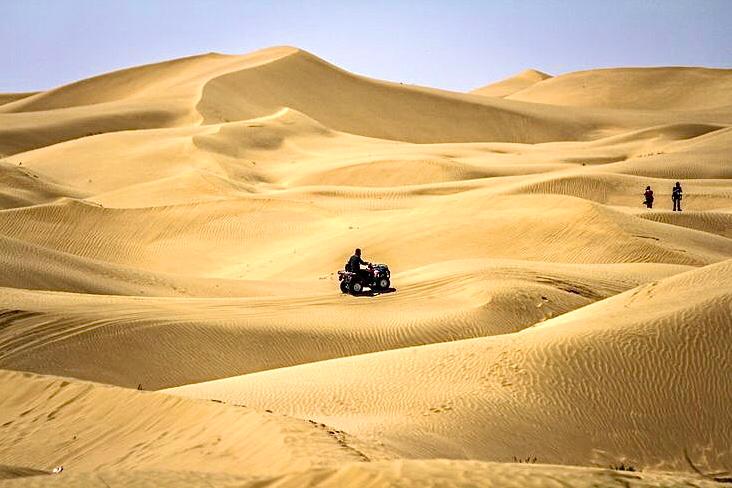
Located in China’s Inner Mongolia, the Badain Jaran Desert is famous for its towering megadunes, some reaching up to 1,600 feet. These dunes produce mysterious sounds of singing, shouting, and booming caused by sand vibrations amplified by minor tremors. The desert also contains a series of lakes, some salty and others fresh, fed by underground springs, which support pockets of life in an otherwise arid environment. This desert’s unique geological and hydrological features create a surprising habitat for desert-adapted plants and animals. Source: atlasobscura.com
The Mojave Desert

The Mojave Desert in the southwestern United States is known for its extreme temperatures and iconic Joshua trees. It supports a variety of desert-adapted species, including the hairy desert scorpion, desert ironclad beetle, desert bighorn sheep, the LeConte’s thrasher, and many more. The desert’s animals have evolved to cope with intense heat and scarce water, often being nocturnal or burrowing to escape the sun. Despite its harshness, the Mojave is a lively ecosystem with complex food webs and unique adaptations that make survival possible. Source: oneearth.org
The Sahara Desert

While the Sahara is often pictured as a barren wasteland, it hosts a surprising diversity of life. Creatures like the Saharan silver ant forage during the hottest part of the day, using reflective hairs to stay cool in temperatures soaring up to 158°F (70°C). The desert also supports reptiles, rodents, and some hardy plants. Nomadic human populations have adapted to the extreme environment, demonstrating the resilience of life in the Sahara’s vast expanse. Source: en.wikipedia.org
The Gobi Desert
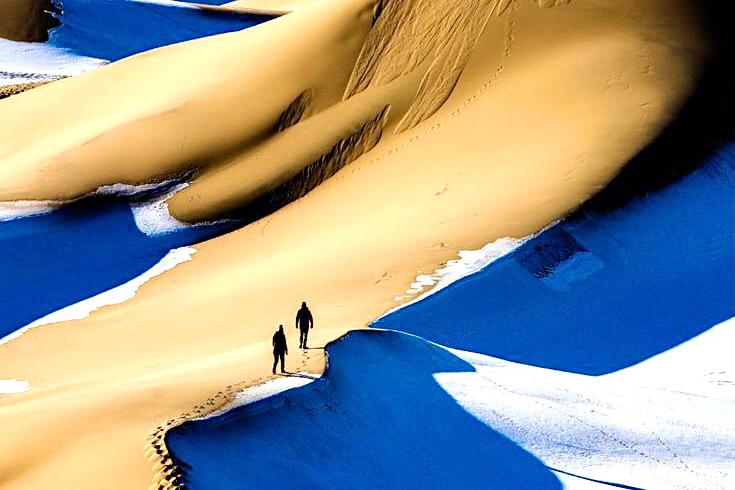
The Gobi Desert, stretching across northern China and southern Mongolia, is a cold desert with highlands reaching around 5,000 feet. It experiences harsh winters and hot summers, supporting a variety of animals such as Bactrian camels, snow leopards, and rare bird species. Its unique climate and elevation create a desert ecosystem that contrasts with the hot deserts of the southwest US or Africa. The Gobi’s life forms are adapted to both temperature extremes and scarce water.
The Namib Desert
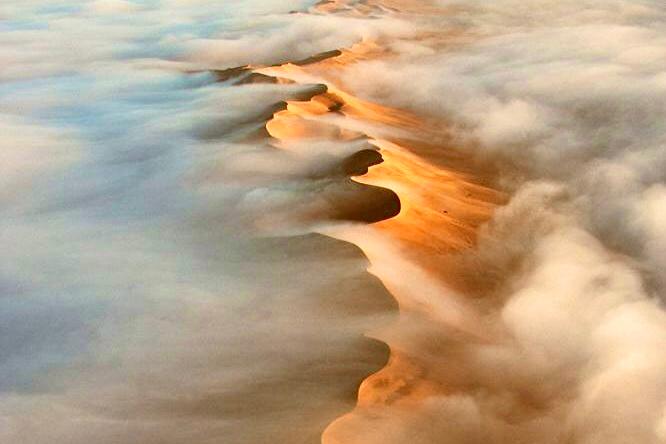
The Namib Desert in southwestern Africa is one of the oldest deserts in the world and is known for its massive sand dunes and coastal fog. This fog provides moisture that sustains life in an otherwise extremely dry environment. The desert is home to unique species like the Namib Desert beetle, which collects water from fog on its back, and various endemic plants and animals. Despite its aridity, the Namib supports a surprisingly rich ecosystem, shaped by its fog-dependent moisture cycle. Each of these deserts defies the common notion of lifelessness by harboring ecosystems full of specialized and resilient life forms.
DO YOU HAVE A WILD DESERT STORY TO SHARE? DROP YOUR THOUGHTS, FAVORITE DESERT DISCOVERIES, OR QUESTIONS IN THE COMMENTS!


